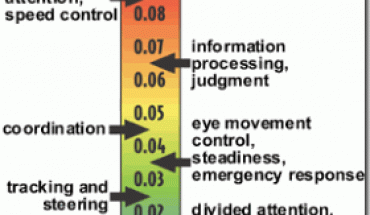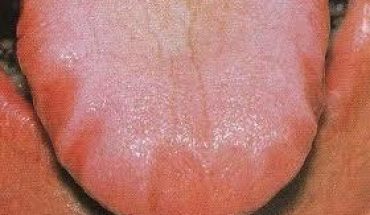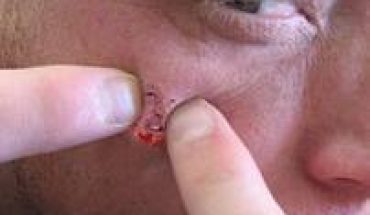Introduction
A motor neuron disease is considered any neurological disorder that fundamentally affects motor neurons. These cells are found within the brain, and control activities related to motion. The content will cover the effects of motor neurone diseases on the body, the known types, prognosis, symptoms, and treatment options.
How does Motor Neuron Disease affect overall bodily function?
Motor neurons work via an intricate signalling system which allows nerve cells to transmit messages between upper and lower motor neurons. Once the transmission of these signals are disrupted the muscles will cease to work satisfactorily. Eventually muscles will become weaker, waste away, and experience involuntary jerks, and twitches. Affected individuals ultimately lose the ability to control muscle coordination, and movements as the disease progresses. The condition may be acquired, or inherited, many cases of the disease are sporadic, and may not necessarily have a known cause.
Known Types
- Amyotrophic Lateral Sclerosis (ALS)
- Primary Lateral Sclerosis (PLS)
- Progressive Muscular Atrophy
Bulbar
- Pseudobulbar Palsy
- Progressive Bulbar Palsy
What causes motor neuron disease?
In most cases, motor neurone disease is non-inherited and manifests without a clearly definable cause. There are emerging theories that seek to explain how the disease may arise in healthy individuals. Some suggestions are that the disease may have an environmental, genetic, toxic, or viral link. Non-inherited cases may be initiated by the presence of certain types of cancers, or from direct or indirect contact with environmental toxins, or noxious drugs.
What are the symptoms?
The symptoms of motor neurone disease generally materialize within the 50-70 age range. They typically involve muscle atrophy, spasticity, issues with the tendon reflexes, and centralized weakness. Other symptoms may become more obvious over time. Affected individuals may begin to drag their feet when walking, speech may be slurred, and muscles in the hands may show signs of wasting.
What are the treatment options?
Treatment options are limited for people living with the disease. The only available drug for the treatment of ALS is riluzole which blocks the transmission of glutamate (a neurotransmitter), however, the effect of the drug is minimal, extending patient life-span by only a few months. Although there is no cure for the condition, patients are treated for the symptoms of the disease to improve overall well being.
Prognosis
In most instances motor neurone disease will cause a rapid decline in overall function after the onset of the first symptoms. While symptoms may be present in only one area, over time, they begin to spread to other areas. Within a few years most patients will require help to perform regular activities including eating, bathing, and moving from place to place. Affected individuals are generally not expected to live beyond 5 years after the first symptoms appear. Half of all patients die within 14 months of being diagnosed.
Death from the disease typically occurs when the patient loses complete control of the diaphragm causing suffocation then eventual death. PLS is the only motor neuron disease which does not necessarily limit a person’s lifespan. Patients with this disease develop symptoms in middle age, and often live beyond 25 years after the onset of symptoms.
Conclusion
Motor neurone disease though fairly uncommon, can cause irreversible damage to the lives of patients, and loved ones. Research is still being carried out to find better treatment options, and ultimately a cure.





